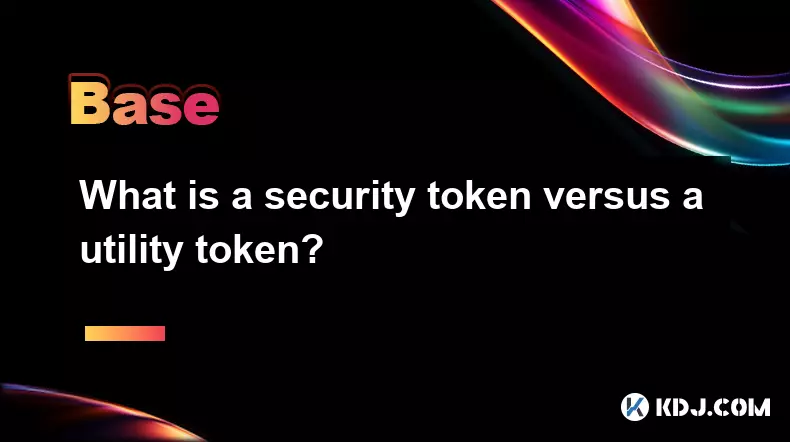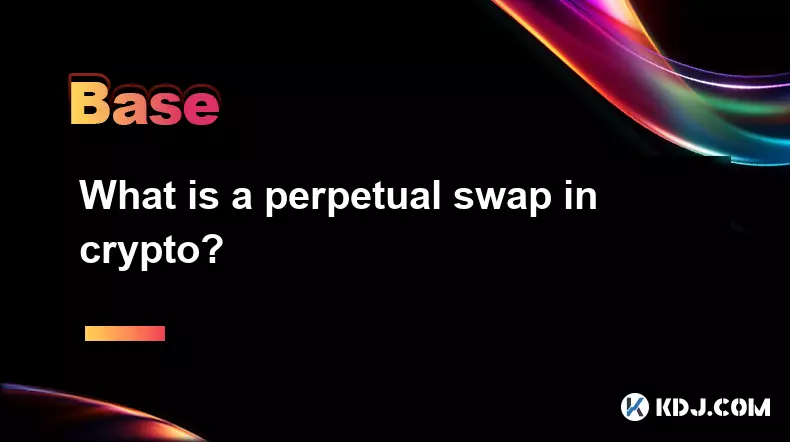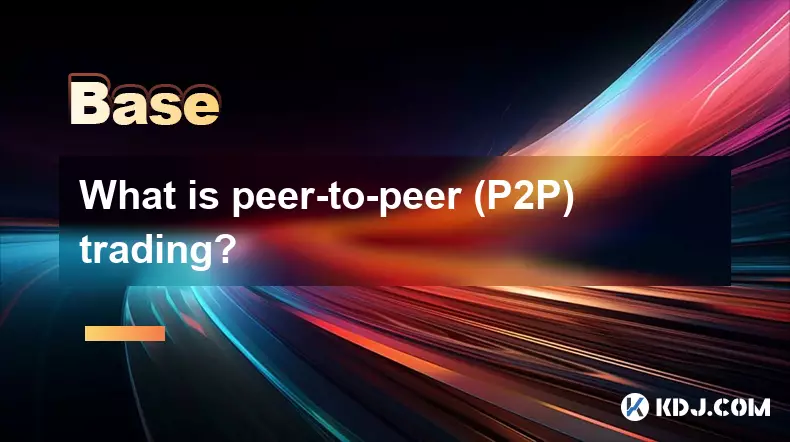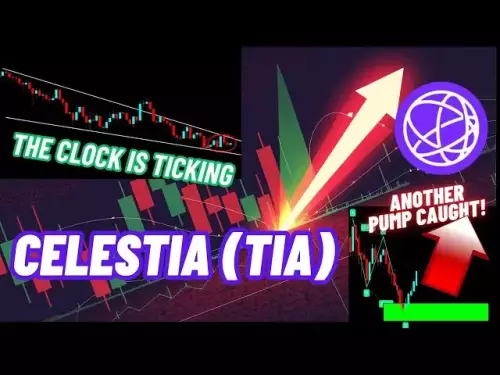-
 Bitcoin
Bitcoin $108200
-2.71% -
 Ethereum
Ethereum $4397
-1.40% -
 XRP
XRP $2.831
-2.31% -
 Tether USDt
Tether USDt $1.000
-0.03% -
 BNB
BNB $860.6
-0.58% -
 Solana
Solana $205.6
-3.85% -
 USDC
USDC $0.9998
-0.01% -
 Dogecoin
Dogecoin $0.2167
-0.75% -
 TRON
TRON $0.3397
-1.09% -
 Cardano
Cardano $0.8365
-0.50% -
 Chainlink
Chainlink $23.47
-1.76% -
 Hyperliquid
Hyperliquid $44.05
-2.61% -
 Ethena USDe
Ethena USDe $1.001
-0.01% -
 Sui
Sui $3.327
-2.65% -
 Stellar
Stellar $0.3618
-2.40% -
 Bitcoin Cash
Bitcoin Cash $532.0
-2.22% -
 Avalanche
Avalanche $23.83
-3.42% -
 Cronos
Cronos $0.3002
1.05% -
 Hedera
Hedera $0.2287
-2.20% -
 UNUS SED LEO
UNUS SED LEO $9.464
-1.15% -
 Litecoin
Litecoin $110.6
-0.97% -
 Toncoin
Toncoin $3.094
-1.09% -
 Shiba Inu
Shiba Inu $0.00001239
-0.49% -
 Polkadot
Polkadot $3.804
-2.70% -
 Uniswap
Uniswap $9.754
-1.14% -
 Dai
Dai $0.0000
0.00% -
 Bitget Token
Bitget Token $4.534
-1.39% -
 Aave
Aave $318.2
2.62% -
 Monero
Monero $261.1
-1.91% -
 Ethena
Ethena $0.6777
2.53%
What is a whitepaper in cryptocurrency?
A cryptocurrency whitepaper is crucial for outlining a project’s purpose, technology, and tokenomics, serving as a foundation for trust, investment, and community adoption.
Aug 30, 2025 at 08:00 am

Understanding the Role of a Cryptocurrency Whitepaper
1. A whitepaper in the cryptocurrency space serves as the foundational document that outlines the purpose, technology, and economic model behind a blockchain project. It is typically released during the early stages of a project to attract investors, developers, and community members. The document details the problem the project aims to solve and explains how its proposed solution differs from existing systems.
2. Whitepapers often include technical specifications such as consensus mechanisms, token distribution models, and network architecture. These elements help readers assess the feasibility and innovation of the project. A well-structured whitepaper provides clarity on how the blockchain network operates and what makes it unique in a crowded market.
3. The credibility of a cryptocurrency project is often judged by the quality and transparency of its whitepaper. Projects with vague language, unrealistic promises, or missing technical details may raise red flags among experienced participants in the crypto ecosystem. A clear, detailed, and logically consistent whitepaper enhances trust and encourages broader adoption.
4. Many influential blockchain projects began with a compelling whitepaper. For example, Bitcoin’s original whitepaper introduced the concept of a decentralized peer-to-peer electronic cash system. This single document laid the groundwork for an entire industry. Similarly, Ethereum’s whitepaper expanded on blockchain functionality by introducing smart contracts, which revolutionized decentralized application development.
Key Components of a Cryptocurrency Whitepaper
1. The abstract or executive summary provides a concise overview of the project’s goals and value proposition. This section is crucial for capturing the attention of potential stakeholders who may not read the entire document.
2. The problem statement clearly identifies the issue the project intends to address. Whether it’s inefficiencies in cross-border payments, lack of financial inclusion, or centralized control over data, this section establishes the necessity of the proposed solution.
3. The proposed solution explains how the blockchain or protocol functions to resolve the identified problem. This includes descriptions of the underlying technology, such as proof-of-stake versus proof-of-work, scalability solutions, and security measures.
4. Tokenomics is a critical section that outlines the role of the native cryptocurrency within the ecosystem. It covers aspects like total supply, distribution schedule, vesting periods for team and investors, and utility of the token (e.g., staking, governance, transaction fees).
5. Roadmap and team information provide insight into the project’s development timeline and the expertise of the individuals behind it. A transparent team with verifiable experience adds legitimacy and reassures the community about the project’s long-term viability.
How Whitepapers Influence Market Perception
1. The release of a whitepaper can trigger immediate market reactions, especially if the project is backed by well-known figures or promises groundbreaking technology. Social media, forums, and crypto news platforms often analyze the document, shaping public opinion before any code is deployed.
2. Investors rely heavily on whitepapers to evaluate risk and potential return. Misleading claims or inconsistencies can lead to skepticism and reduced funding during token sales. Conversely, a technically sound and clearly articulated whitepaper can generate significant interest and drive early investment.
3. Developers use whitepapers to determine whether a project aligns with their technical interests or offers opportunities for contribution. Open-source projects with detailed documentation in their whitepapers tend to attract more developer participation, which strengthens network effects.
4. Regulatory bodies sometimes reference whitepapers when assessing whether a token qualifies as a security. If the document emphasizes profit expectations from the efforts of others, it may fall under securities regulations, impacting how the token can be traded or distributed.
Frequently Asked Questions
What should I look for in a cryptocurrency whitepaper?Focus on clarity, technical depth, and realistic goals. Check for a defined problem, a logical solution, transparent token distribution, and an experienced team. Avoid whitepapers filled with buzzwords but lacking substance.
Can a whitepaper be updated after release?Yes, many projects issue updated versions to reflect changes in technology, tokenomics, or roadmap. However, major deviations from the original vision should be carefully evaluated for potential risks.
Are all whitepapers accurate and trustworthy?No. Some whitepapers contain exaggerated claims or omit critical risks. Conduct independent research and consult community discussions before making decisions based solely on a whitepaper.
Do all successful crypto projects have whitepapers?Most do, especially those launching with public fundraising. While not legally required, a whitepaper has become a standard practice for establishing credibility and communicating vision in the blockchain space.
Disclaimer:info@kdj.com
The information provided is not trading advice. kdj.com does not assume any responsibility for any investments made based on the information provided in this article. Cryptocurrencies are highly volatile and it is highly recommended that you invest with caution after thorough research!
If you believe that the content used on this website infringes your copyright, please contact us immediately (info@kdj.com) and we will delete it promptly.
- Bitcoin vs. Altcoins: Decoding the Dominance Shift
- 2025-08-30 13:25:27
- Luxury Brands, Crypto Adoption, and the Web3 Revolution: What's the Deal?
- 2025-08-30 13:05:14
- BlockDAG, ETH, and PEPE Coin: Decoding the Crypto Hype in the City That Never Sleeps
- 2025-08-30 11:50:12
- Paige Bueckers, Micah Parsons, and Luka Doncic: A whirlwind of trades, stardom, and cross-sport admiration
- 2025-08-30 09:25:36
- Bitcoin, Settlement, and Accounting Standards: A New Era of Transparency?
- 2025-08-30 10:10:12
- Bitcoin Price, Eric Trump, and AMDax: A Million-Dollar Prediction and a 1% Supply Grab
- 2025-08-30 10:45:57
Related knowledge

What are crypto faucets?
Aug 30,2025 at 08:10am
Understanding Crypto Faucets1. Crypto faucets are online platforms that distribute small amounts of cryptocurrency to users for completing simple task...

What are privacy coins?
Aug 30,2025 at 06:18am
Understanding Privacy Coins in the Cryptocurrency Ecosystem1. Privacy coins are a category of cryptocurrencies specifically designed to enhance transa...

What is a security token versus a utility token?
Aug 30,2025 at 03:00pm
Understanding Security Tokens1. Security tokens represent ownership in an external asset or enterprise, often resembling traditional financial instrum...

What is a perpetual swap in crypto?
Aug 30,2025 at 12:55am
Understanding Perpetual Swaps in the Cryptocurrency Market1. A perpetual swap is a type of derivative contract that allows traders to speculate on the...

What is peer-to-peer (P2P) trading?
Aug 29,2025 at 11:00pm
Understanding Peer-to-Peer (P2P) Trading in the Cryptocurrency Ecosystem1. Peer-to-peer (P2P) trading refers to the direct exchange of digital assets ...

What is a crypto ATM and how do I use one?
Aug 29,2025 at 01:42pm
What Is a Crypto ATM?1. A crypto ATM is a physical kiosk that allows users to buy or sell cryptocurrencies using cash or a debit card. Unlike traditio...

What are crypto faucets?
Aug 30,2025 at 08:10am
Understanding Crypto Faucets1. Crypto faucets are online platforms that distribute small amounts of cryptocurrency to users for completing simple task...

What are privacy coins?
Aug 30,2025 at 06:18am
Understanding Privacy Coins in the Cryptocurrency Ecosystem1. Privacy coins are a category of cryptocurrencies specifically designed to enhance transa...

What is a security token versus a utility token?
Aug 30,2025 at 03:00pm
Understanding Security Tokens1. Security tokens represent ownership in an external asset or enterprise, often resembling traditional financial instrum...

What is a perpetual swap in crypto?
Aug 30,2025 at 12:55am
Understanding Perpetual Swaps in the Cryptocurrency Market1. A perpetual swap is a type of derivative contract that allows traders to speculate on the...

What is peer-to-peer (P2P) trading?
Aug 29,2025 at 11:00pm
Understanding Peer-to-Peer (P2P) Trading in the Cryptocurrency Ecosystem1. Peer-to-peer (P2P) trading refers to the direct exchange of digital assets ...

What is a crypto ATM and how do I use one?
Aug 29,2025 at 01:42pm
What Is a Crypto ATM?1. A crypto ATM is a physical kiosk that allows users to buy or sell cryptocurrencies using cash or a debit card. Unlike traditio...
See all articles

























































































